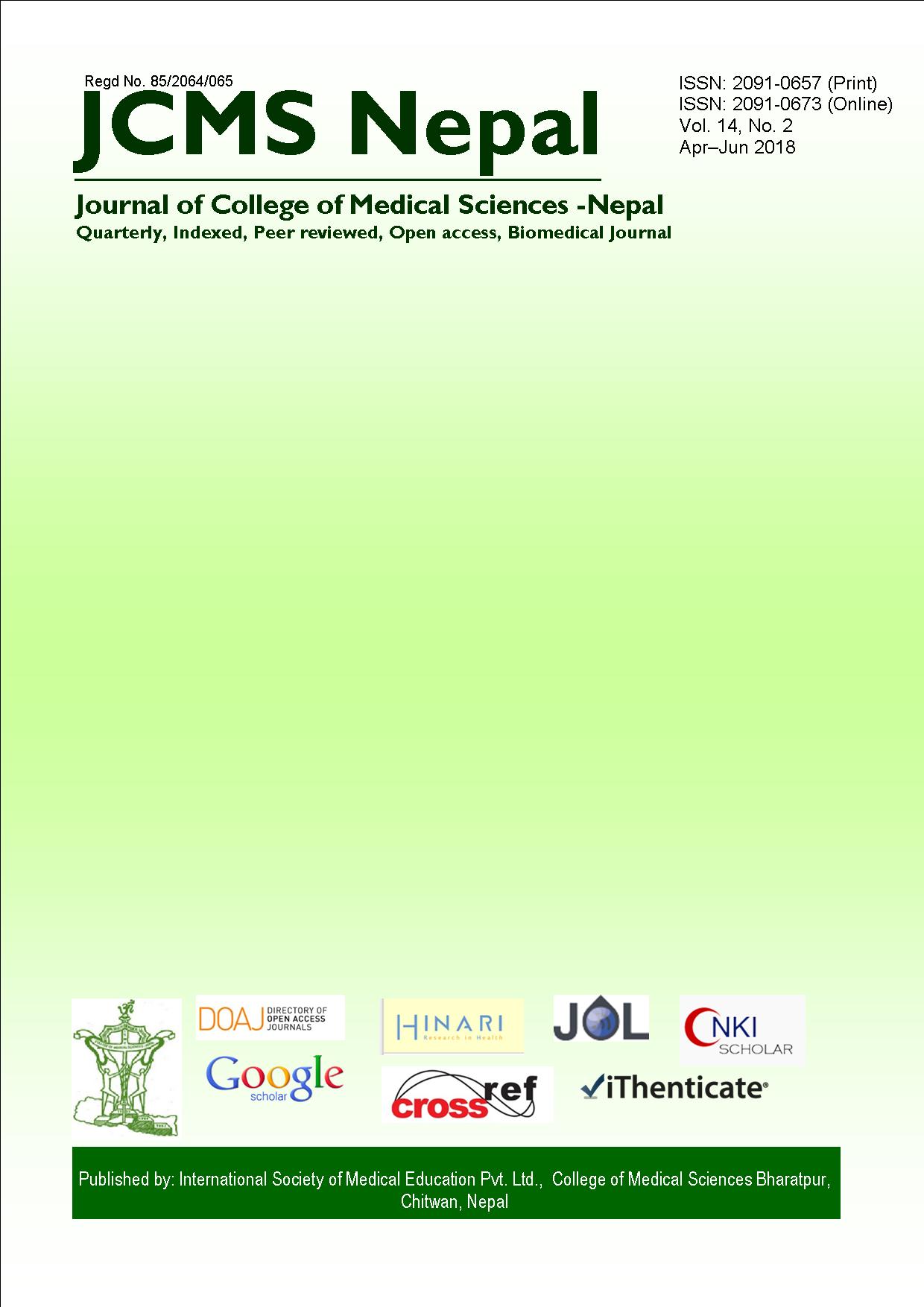Survey of Current Materials and Impression Techniques for Complete Dentures among Nepalese Prosthodontists
DOI:
https://doi.org/10.3126/jcmsn.v14i2.20242Keywords:
Complete Denture, Edentulism, Impression, Custom TrayAbstract
ABSTRACT
Background: Impression making is one of the critical factors in determining success or failure of complete denture therapy. The precise reproduction of edentulous foundation is essential for retention, stability, and support of the removable prosthesis. Evidence suggests that there is variability in materials and techniques regarding impressions making for complete dentures. There is little published information on studies conducted among Nepalese Prosthodontists. The purpose of this study was to evaluate current materials and methods for impressions for complete denture prosthodontics in Nepal. Materials & Methods: A questionnaire based survey was conducted among Nepalese Prosthodontists from May 2017 to December 2017. Ethical approval for the beginning of the study was obtained via Institutional Review Committee, Nepal Medical College. A self-administered anonymous questionnaire was distributed to the participants. Data were analyzed by using frequency distribution. Results: Majority of responses indicated use of irreversible hydrocolloid in stock metal tray for making the preliminary impression. The selective pressure was the predominantly used impression philosophy (78.3%). The most common material for the fabrication of custom trays was autopolymerizing acrylic resin (96.7%). All respondents border molded the custom tray prior to making the final impression. The final impression materials used were zinc oxide eugenol impression paste (73.3%), polyvinylsiloxane (11.7%), polyether (11.7%) and polysulphide (3.3%). Conclusion: Although there is variability in impression materials and techniques used by Prosthodontists in Nepal for the fabrication of complete dentures, the results showed interesting trends. Most practitioners followed the traditional techniques of complete denture impression procedures.
Keywords: complete denture; custom tray; edentulism; impression.
Downloads
Downloads
Published
How to Cite
Issue
Section
License
This license enables reusers to copy and distribute the material in any medium or format in unadapted form only, for noncommercial purposes only, and only so long as attribution is given to the creator.




